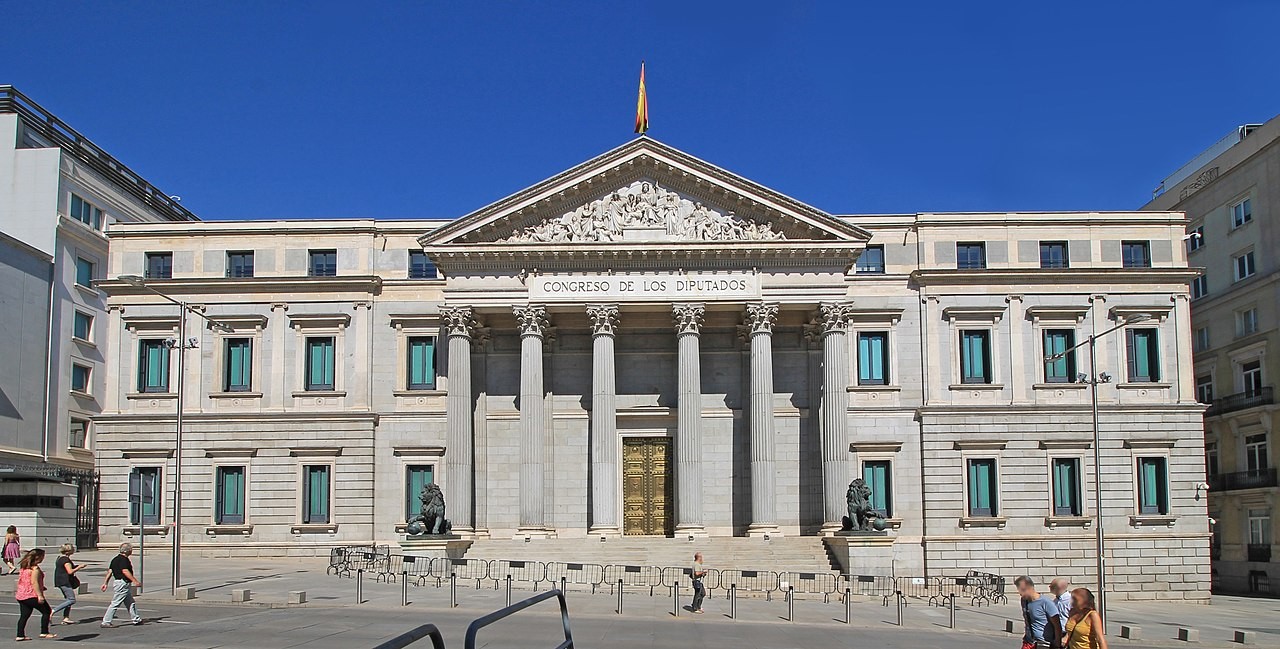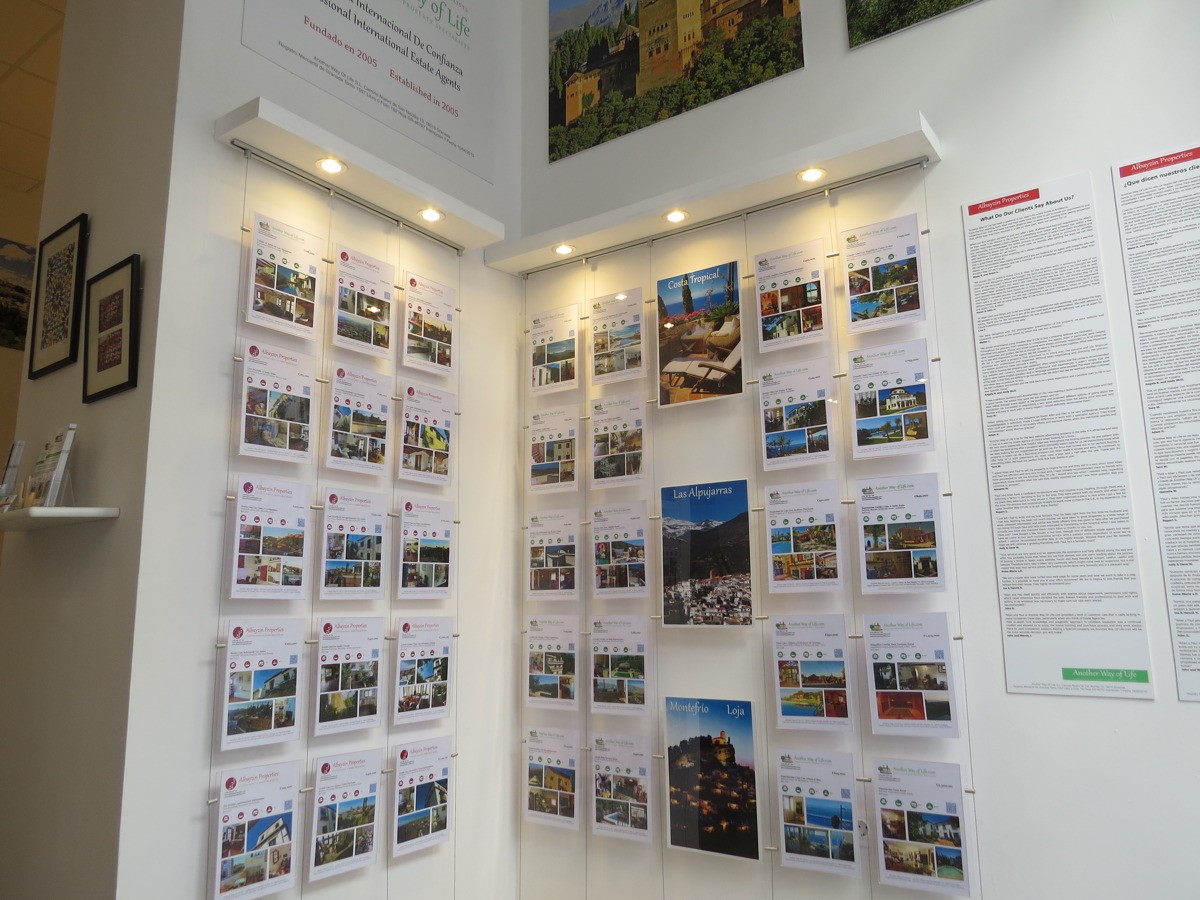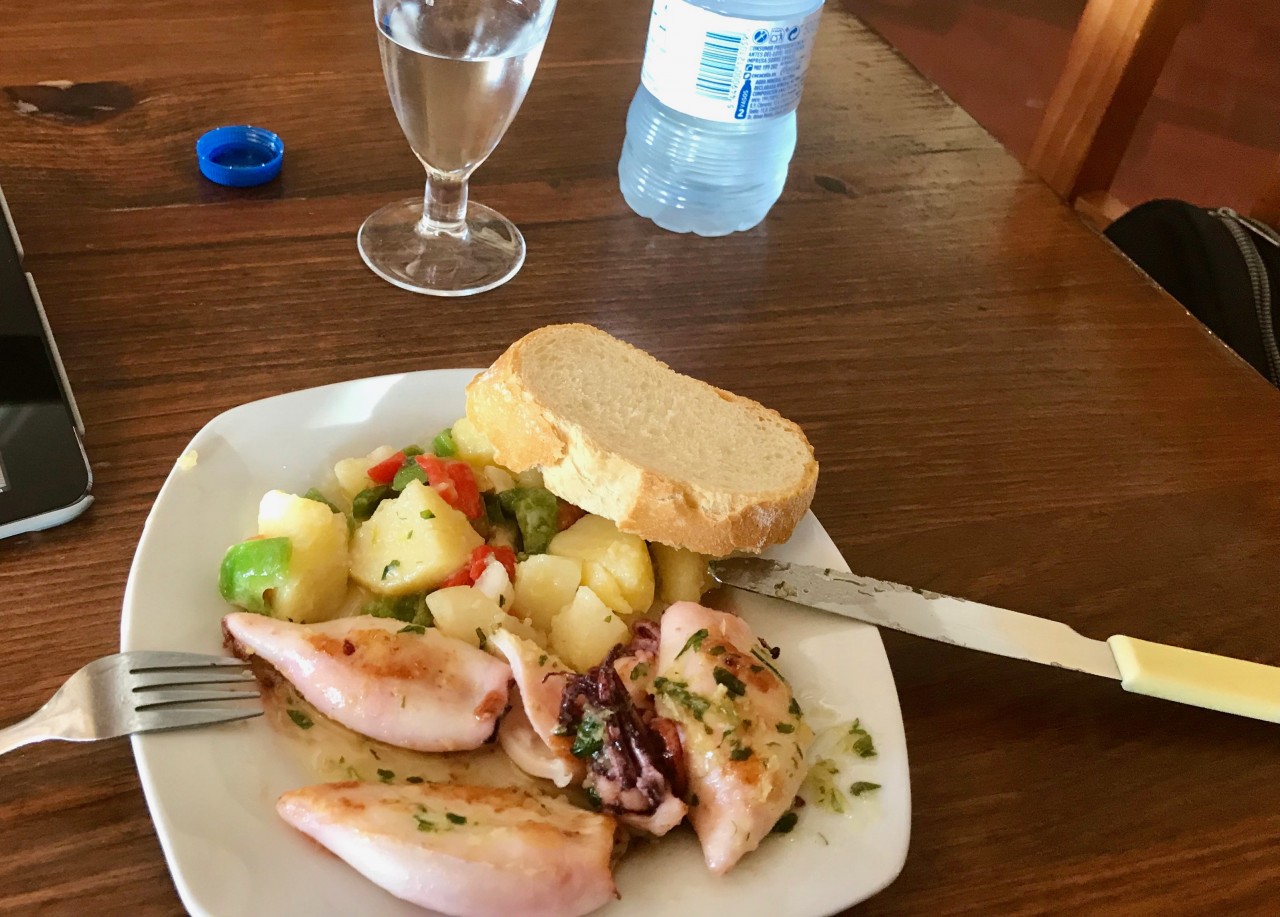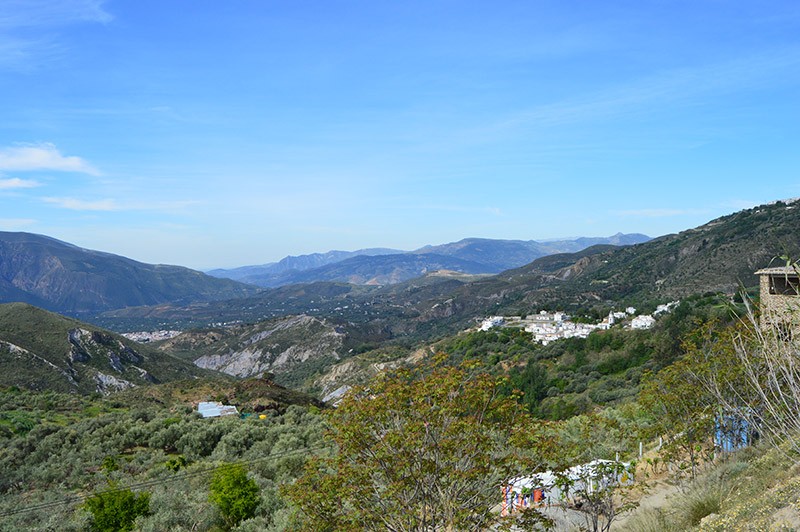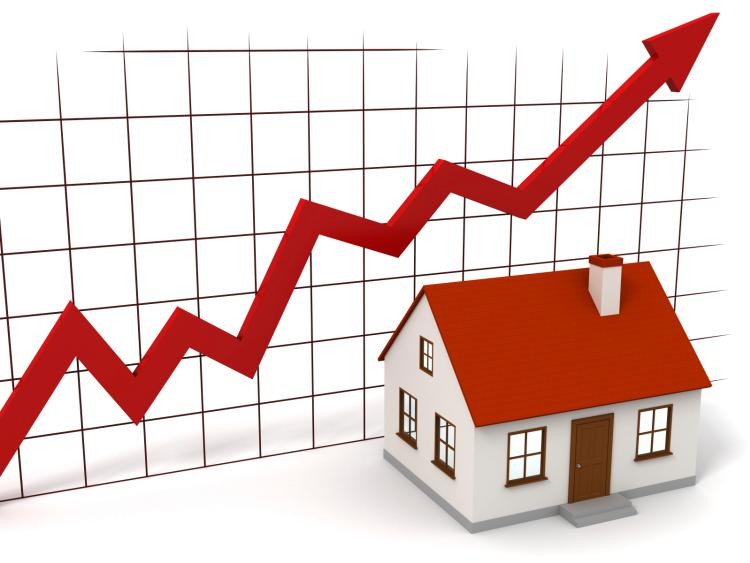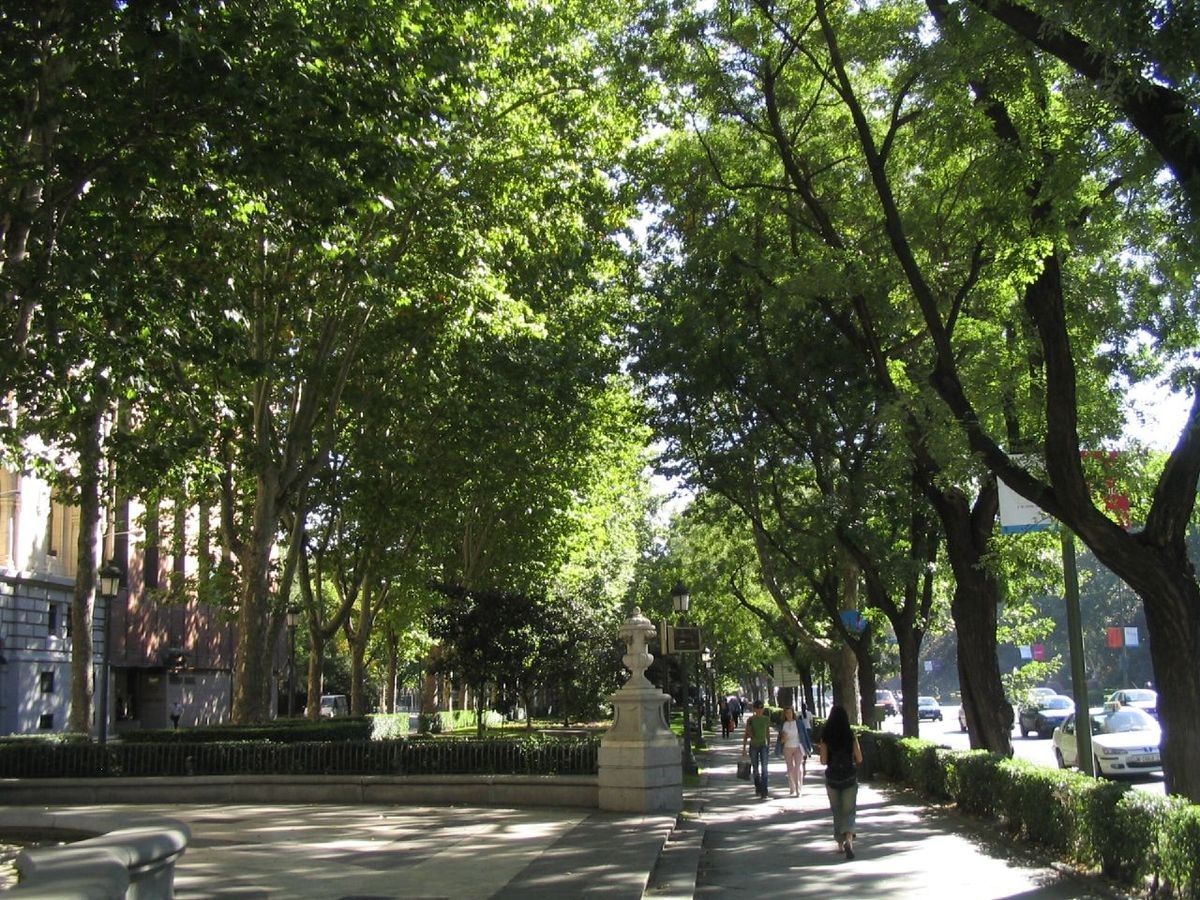According to statistics produced by Spain's INE (Instituto Nacional de Estadisticas), by the end of 2021 more people were in employment than before the coronavirus pandemic started in March 2020.
During the year 2021 Spain created 841.000 jobs, the largest increase since 2005. At 20.184.900, there are now 4% more people actively employed than at the end of 2020. The good news is that this is not merely due to a reduction in the impact of Covid. At the end of last year Spain was in the grip of the sixth wave, which has been the worst in terms of infection rates, although not in the seriousness of symptoms. Evidence of the underlying strength of the economy is seen in that despite the continuing effect of Covid, the number of people employed is higher than at any time since 2008.
Running parallel to this increase in people actively employed is a structural change in employment contracts. Spain has two types of employment contract: indefinido or permanent and definido which are temporary, typically for six months. The use of definido contracts provides flexibility in the labour market but has traditionally been abused by employers to avoid employees accruing rights. The Spanish government has recently taken steps to limit this abuse and their action appears to be bearing fruit. In 2021 there was tremendous growth in indefinido contracts and a significant reduction in the number of definido contracts. This may also be a reflection of employers' confidence in the future of the economy.




